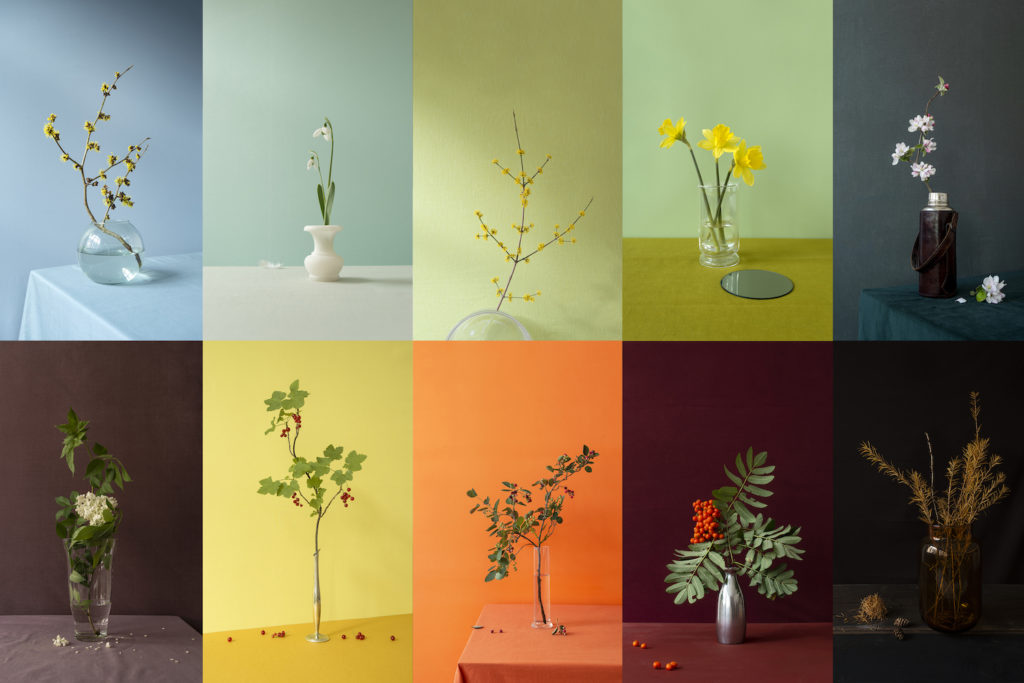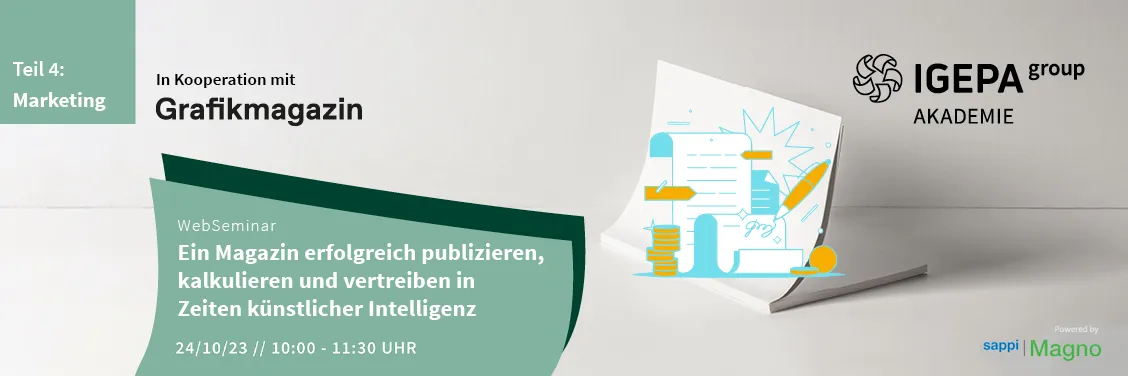The Perma calendar, published by a team of design, photography and plant lovers, stands for sustainability and outstanding design. It is a shining example of how good graphic design is able to explain the interrelationships of nature - whether on the windowsill or in the forest.


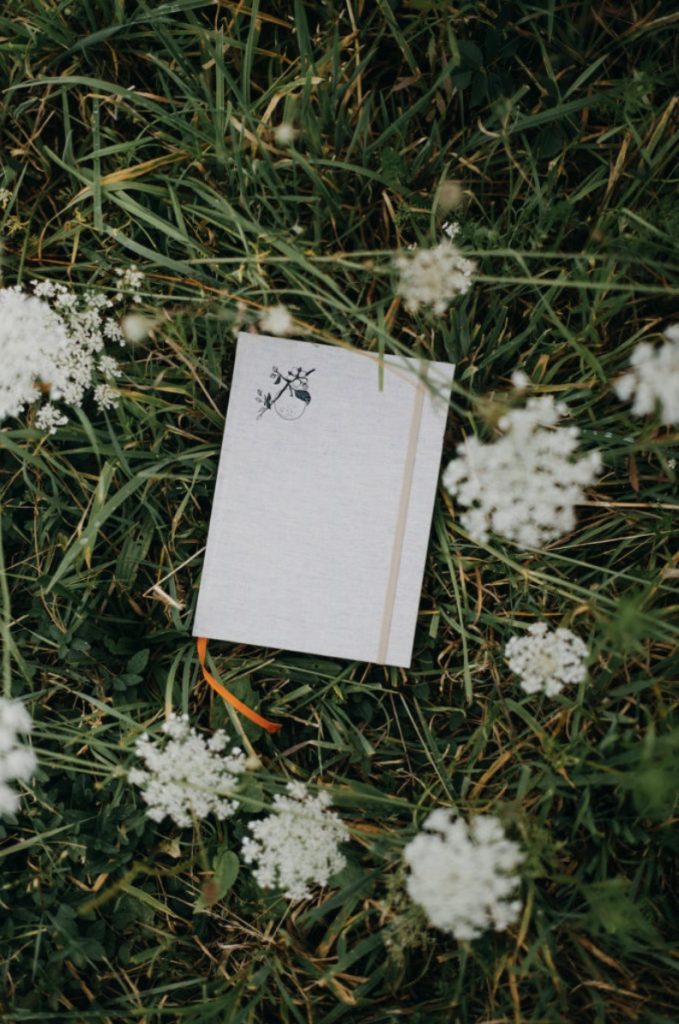
Jasmin Köchl and Katharina Pflug followed an idea from professional natural gardener Sabine van Osenbrüggen, who has kept a diary of her garden for over 40 years. With empathetic illustrations and harmonious plant photography, the two brought their texts to life. After all, the subject matter requires some explanation if you haven't been gardening for decades: how have flowering times changed in recent years? When do bees awaken? How can you better understand your own plants and put together a more climate-friendly garden? The Perma Calendar aims to answer these and many other questions.
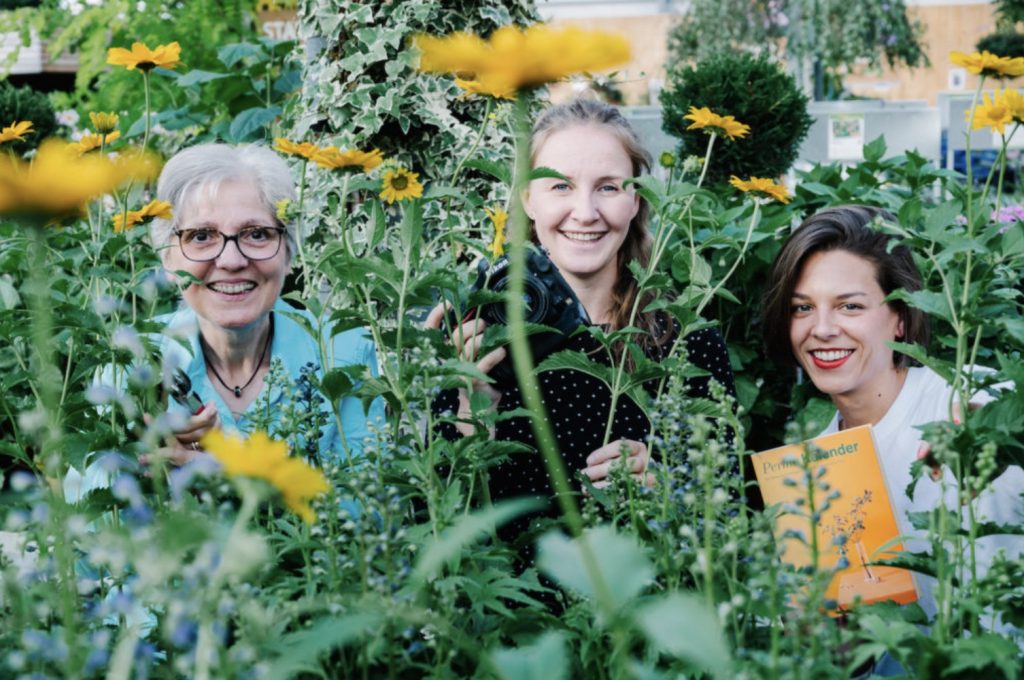
© Sebastian Lock
There is ample evidence that man-made climate change is causing unspeakable difficulties for nature, such as insect mortality, heatwaves and flood disasters. Powerlessness often seems to prevail, but according to the UN climate report, we can at least turn the tide a little by realizing what we can do ourselves. Elisabeth Weber, Project and Communications Manager at Pfeffer & Frost publishing house, would like to use her talents to publish the stories about plants and food collected in the Perma Calendar.
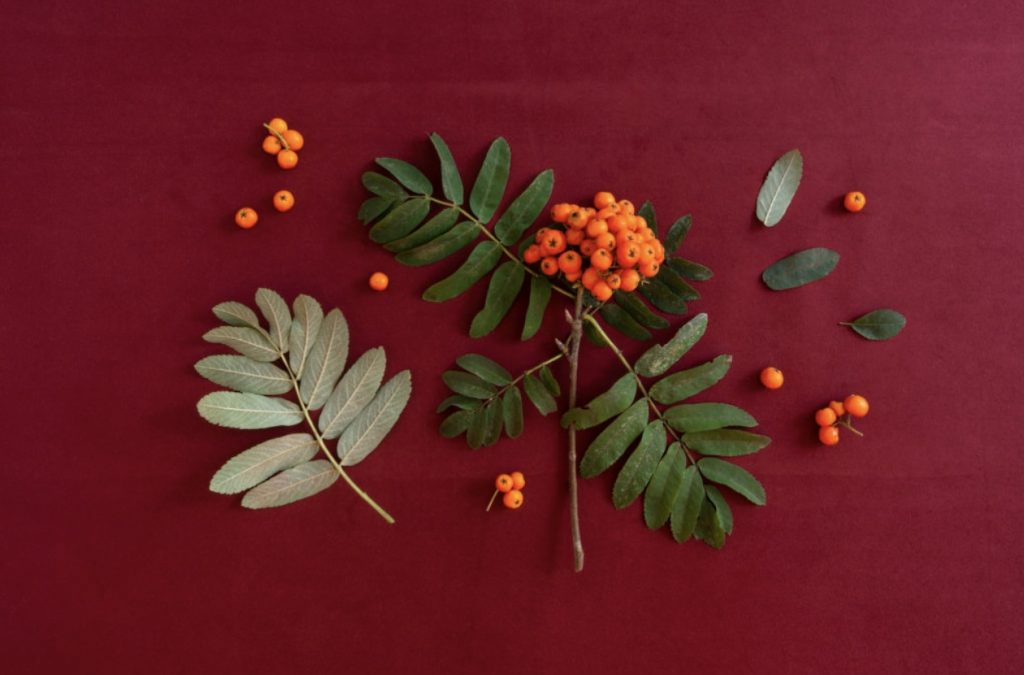

This book is currently being financed via Startnext as an everyday guide to an insect-friendly and climate-adapted garden, balcony or backyard. It is valid for three years, which do not necessarily have to follow each other, and is published in Din A5 format on 176 pages, including a robust linen cover with color embossing that can withstand wind and weather.
The creatives were keen to produce the book in a CO2-neutral way and on high-quality recycled paper.
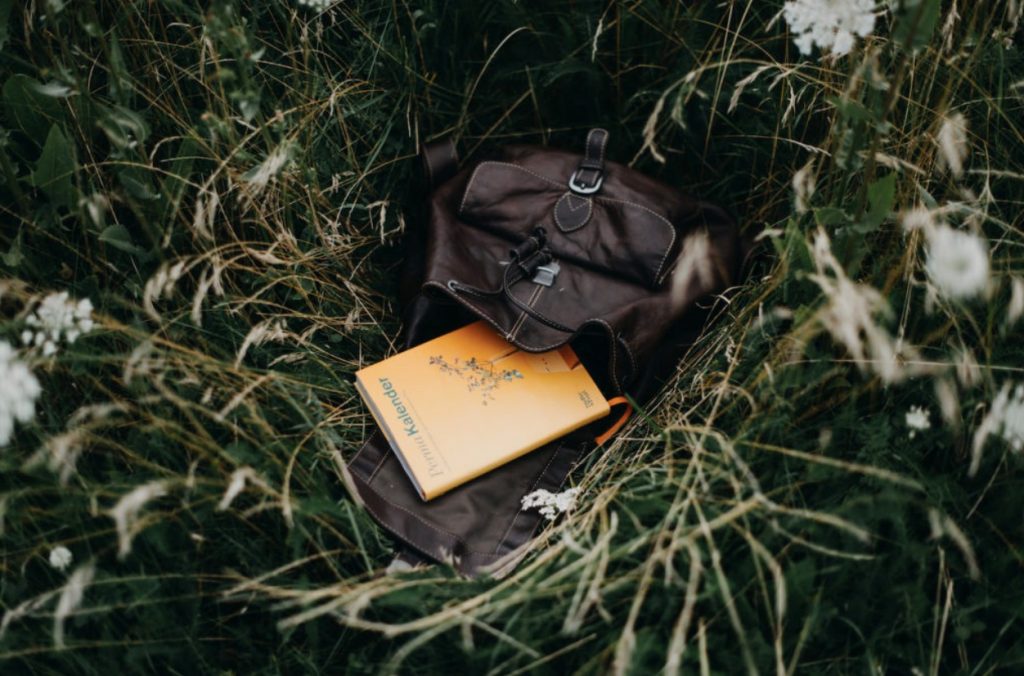
The team also opted for a crowdfunding campaign in the interests of sustainability: They have set the Early Bird price at 30 euros so that high-quality, hard-wearing materials can be used for the hardcover books made of linen, plus color embossing and a woven ribbon marker. To support the idea that craftsmanship should have its price, the entire funding amount will be invested in production at a renowned book printer.
